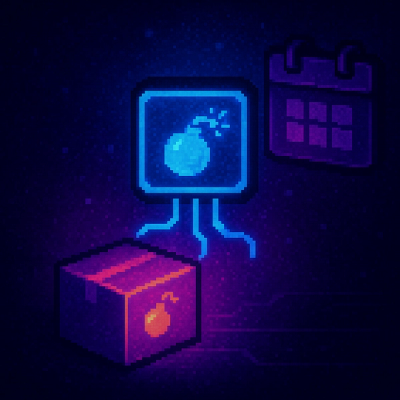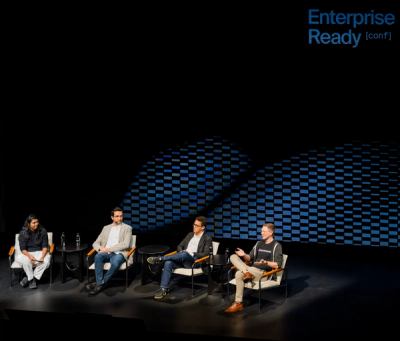
Security News
OWASP 2025 Top 10 Adds Software Supply Chain Failures, Ranked Top Community Concern
OWASP’s 2025 Top 10 introduces Software Supply Chain Failures as a new category, reflecting rising concern over dependency and build system risks.
react-map-gl
Advanced tools
v8.1.0-alpha.2 (Apr 9, 2025)
Leaflet is a popular open-source JavaScript library for interactive maps. It is lightweight and easy to use, with a wide range of plugins available for additional functionality. Compared to react-map-gl, Leaflet is more lightweight but may not offer the same level of performance and customization as Mapbox GL JS.
google-maps-react is a library for integrating Google Maps into React applications. It provides a set of React components for Google Maps, allowing for easy map rendering and interaction. While it offers robust features and the reliability of Google Maps, it may not provide the same level of customization and styling options as react-map-gl.
react-leaflet is a React wrapper for Leaflet, providing a set of React components for Leaflet maps. It combines the simplicity of Leaflet with the power of React, making it easy to create interactive maps in React applications. Compared to react-map-gl, react-leaflet is more lightweight but may not offer the same advanced features and performance.
FAQs
React components for MapLibre GL JS and Mapbox GL JS
The npm package react-map-gl receives a total of 851,130 weekly downloads. As such, react-map-gl popularity was classified as popular.
We found that react-map-gl demonstrated a healthy version release cadence and project activity because the last version was released less than a year ago. It has 6 open source maintainers collaborating on the project.
Did you know?

Socket for GitHub automatically highlights issues in each pull request and monitors the health of all your open source dependencies. Discover the contents of your packages and block harmful activity before you install or update your dependencies.

Security News
OWASP’s 2025 Top 10 introduces Software Supply Chain Failures as a new category, reflecting rising concern over dependency and build system risks.

Research
/Security News
Socket researchers discovered nine malicious NuGet packages that use time-delayed payloads to crash applications and corrupt industrial control systems.

Security News
Socket CTO Ahmad Nassri discusses why supply chain attacks now target developer machines and what AI means for the future of enterprise security.